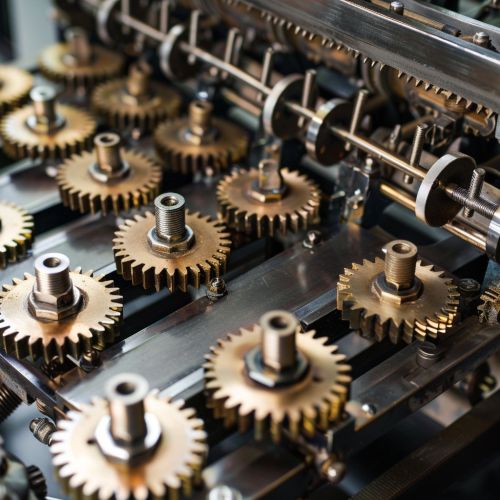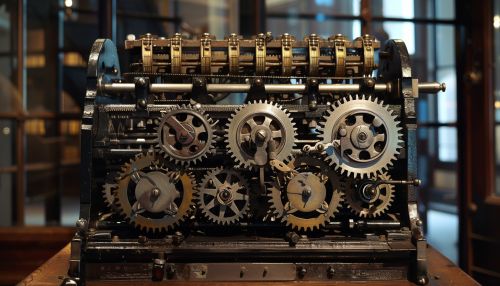The Difference Engine
Introduction
The Difference Engine is a mechanical calculator designed to compute polynomial functions. It was conceived by Charles Babbage, an English mathematician, philosopher, inventor, and mechanical engineer, in the early 19th century. The Difference Engine is considered one of the earliest forms of a computer, and its design laid the groundwork for subsequent developments in computational machinery.
Historical Context
The early 19th century was a period of rapid scientific and industrial advancement. The need for accurate mathematical tables, such as logarithmic and trigonometric tables, was crucial for navigation, engineering, and scientific research. These tables were typically calculated by hand, a process prone to human error. Babbage's Difference Engine aimed to automate the production of these tables, thereby reducing errors and increasing efficiency.
Design and Functionality
The Difference Engine operates on the principle of finite differences, a mathematical technique used to approximate polynomial functions. The machine uses a series of gears and levers to perform addition and subtraction, which are the fundamental operations required for calculating finite differences.
Components
The main components of the Difference Engine include:
- **Number Wheels:** These are the primary elements for representing and manipulating numbers. Each wheel corresponds to a digit in a multi-digit number.
- **Columns:** The machine consists of multiple columns, each representing a different order of differences. The first column represents the original function, the second column represents the first differences, and so on.
- **Carry Mechanism:** This mechanism ensures that when a number wheel completes a full rotation (i.e., moves from 9 to 0), the next higher-order wheel is incremented by one.
- **Printing Mechanism:** One of the innovative features of the Difference Engine is its ability to print the calculated tables directly, thereby eliminating transcription errors.


Development and Challenges
Babbage began working on the Difference Engine in 1822. The British government initially funded the project, recognizing its potential to revolutionize mathematical computation. However, the project faced numerous challenges, including technical difficulties, cost overruns, and Babbage's own perfectionism.
Technical Difficulties
The precision required for the machine's components was beyond the manufacturing capabilities of the time. Even small inaccuracies in the gears and levers could lead to significant errors in the calculations. Babbage's insistence on perfecting the design further delayed the project.
Financial Issues
The British government eventually withdrew funding in 1832, after spending over £17,000, a substantial sum at the time. The project was left incomplete, and Babbage shifted his focus to designing the more advanced Analytical Engine.
Legacy
Although the original Difference Engine was never completed during Babbage's lifetime, its design had a lasting impact on the field of computing. The principles underlying the Difference Engine influenced the development of later mechanical calculators and early computers.
Modern Reconstructions
In the late 20th century, interest in Babbage's work was revived. The Science Museum in London constructed a working model of the Difference Engine No. 2, based on Babbage's original plans. Completed in 1991, this reconstruction demonstrated the feasibility of Babbage's design and highlighted his contributions to computing.
